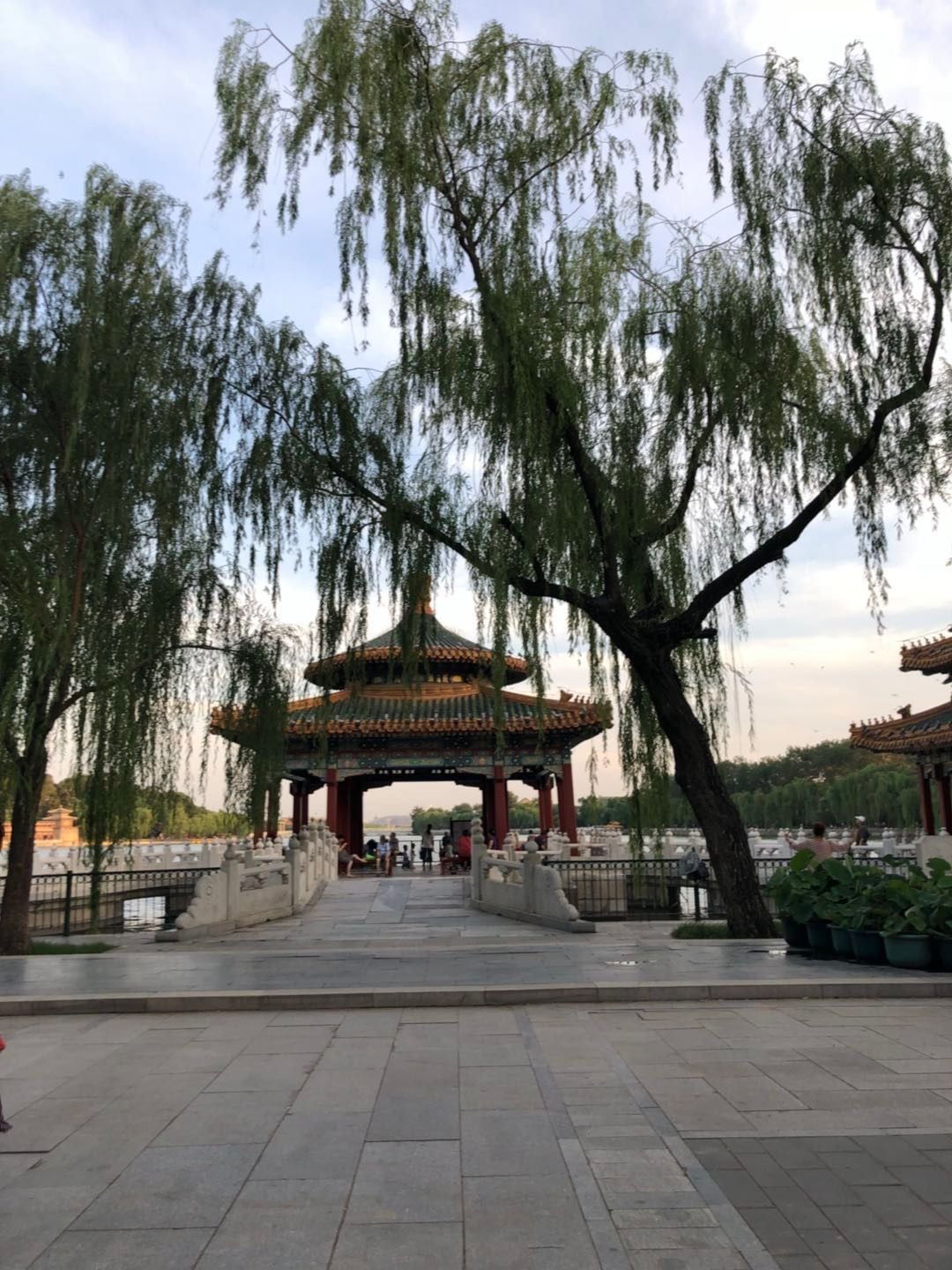Izzy Faiola ’21 reflects on an interactive day of classes at Shiyan High School, followed by an afternoon spent exploring Beijing’s Hutongs.
Today concluded our 14th day in Beijing.
Another early morning wake-up call at 7:45am began our jam-packed day of classes and sightseeing. Breakfast was set buffet-style in the cafeteria of Shiyan High School, as per usual. Our group groggily shuffled downstairs, and ate breakfast as we prepared for our morning Chinese class with Ding Laoshi at 8:30am.
Chinese class consisted of discussing our previous nights homework: a written dialogue of how to properly interact with a sales-clerk at a clothing store; and of a new dialogue that Ding Laoshi presented to the class. We each individually read our work aloud, that were then followed by a series of questions that Ding Laoshi would propose to us about each others work. This was Ding Laoshi’s strategy of creating a more interactive class environment, which ultimately proved effective. After an hour-and a-half of class, we eagerly thanked our teacher for a great lesson, and welcomed our much deserved thirty minute break. Soaking up the sun of a scorching hot day, our group spent our break outside on the basketball courts. Subsequently, Kelly Laoshi arrived to take us to our next class: Chinese painting.
Chinese painting was a new and fun experience for our class as a whole. As this was our first lesson in traditional painting, we were excited to paint Chinese pandas. Our teacher for this class, Wu Laoshi, guided us step-by-step as we painted our newfound friends. Although many of our paintings were no where near on their way to being professionally acclaimed, we all collectively embraced the new experience to learn about Chinese culture. We wrapped up our lesson with a group photo holding up our pandas, and happily walked to lunch.
After lunch, our group was given a break until 2 pm. We could either go to the bank to exchange our US money for RNB, or take an hour to go back to our rooms and rest. At 2, we gathered in the lobby of our dorm and prepared to depart for Lotus Lake, or more locally known as, Qianhai Lake. Qianhai Lake, or Shichahai, is a popular local bar spot. However, it’s traditional and modern architectural contrasts attract many tourists. Qianhai Lake was built in the Ming Dynasty, and supported many locals all the way through the Qing dynasty. Courtyards for common Beijing-ers were gradually built, creating the famous “Hutongs.” Hutongs are traditional Chinese courtyards that were constructed in old China. Many Hutongs are still functioning today as modern communities. Our group was given the opportunity to witness these historic buildings, and to even be treated to a traditional home-cooked meal by a couple who still reside in their family home of 100 years near Qianhai Lake.
Tian Laoshi, our guide, talked about the importance of Hutongs in Chinese society as we strolled the alley-ways near Shichahai. We learned about the separation between the architecture of the imperial family and of common people, and how the structuring of a household could showcase a family’s social status.
After a long walk through these Hutongs, we were then able to explore on our own through a traditional marketplace. The vibrant environment filled with traditional foods and Chinese souvenirs was surely a wonderful sight. After an hour of roaming this street, we were transferred over to Rain, who was our new guide for another Hutong tour. Rain showed us through another neighborhood, and even brought us inside a household, where a family welcomed us into their traditional courtyard.
Later, we walked to the bell tower and the drum tower, in which we learned a little bit of history about the two towers and their importance before the time of clocks and watches. Then, we hopped onto a few rickshaws and rode through the streets of another Hutong. We stopped at the home of a chef and his wife, where they cooked us a lovely dinner. They even entertained us with a traditional Chinese song! We commemorated the moment with a group picture, just as we regularly do.
An interesting experience of the Hutongs were the bathrooms. Each individual courtyard is not equipped with a toilet, and thus instead they use public restrooms found on the streets inside the community. These restrooms do not have stalls. When trying to go to the bathroom, several of the kids on our trip noticed that these bathrooms were like social congregations of many of the local residents! It was truly a crazy experience.
After dinner we drove to Beihai park, in which we were treated to a show at an ancient imperial villa. This specific villa is not yet open to the public, and so this experience was truly unique. We enjoyed traditional Qing dancing, as well as a Sichuan opera performance.
As the tour of the villa finished, we made sure to grab one more group picture before heading back onto the bus. A relaxing evening experiencing traditional Beijing concluded our amazing day of touring the city. It is safe to say that we will all be in need of some good night sleep by the time we climb into our beds tonight.




